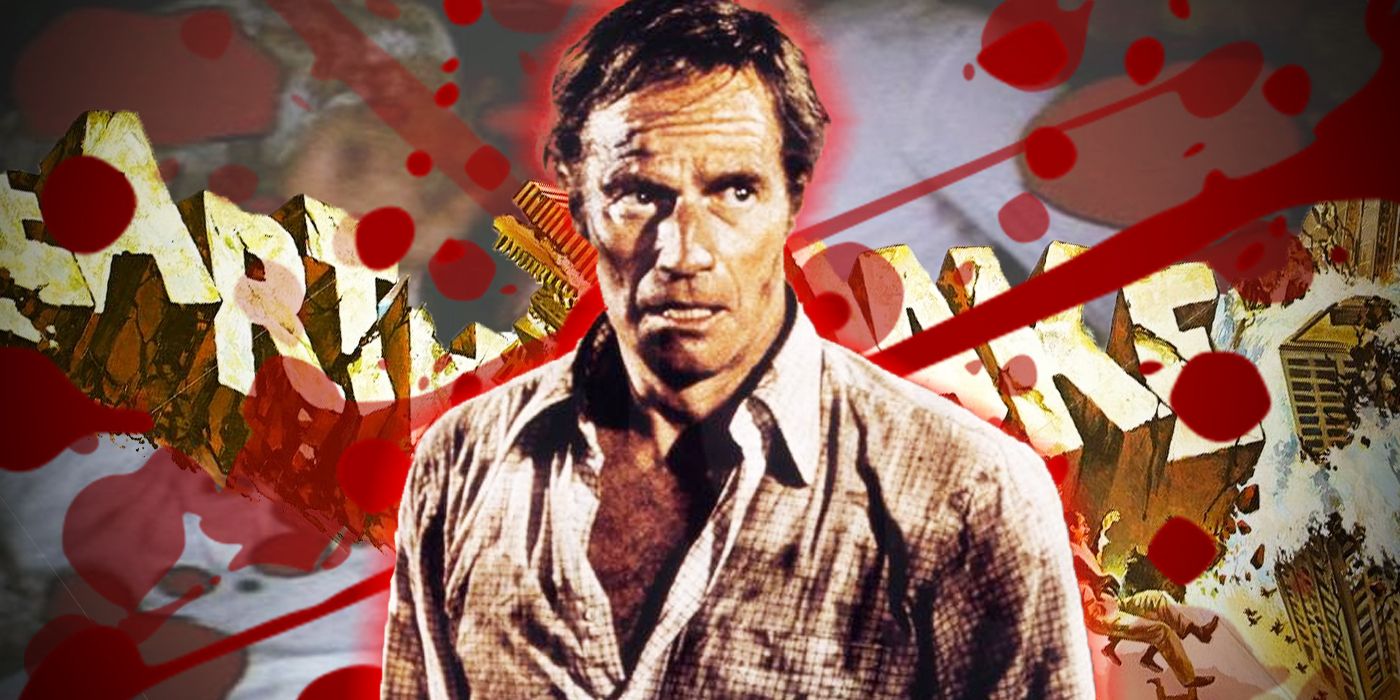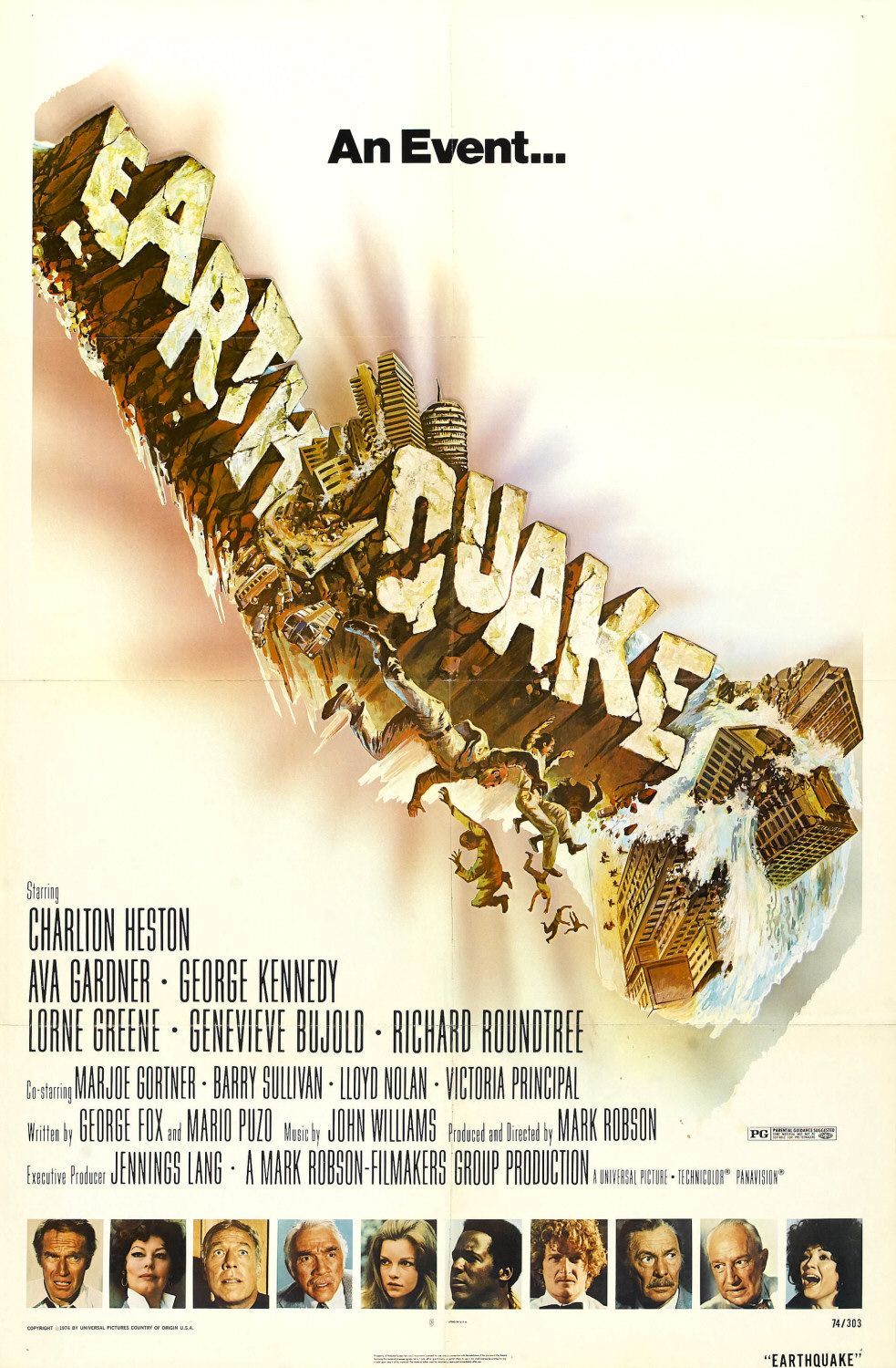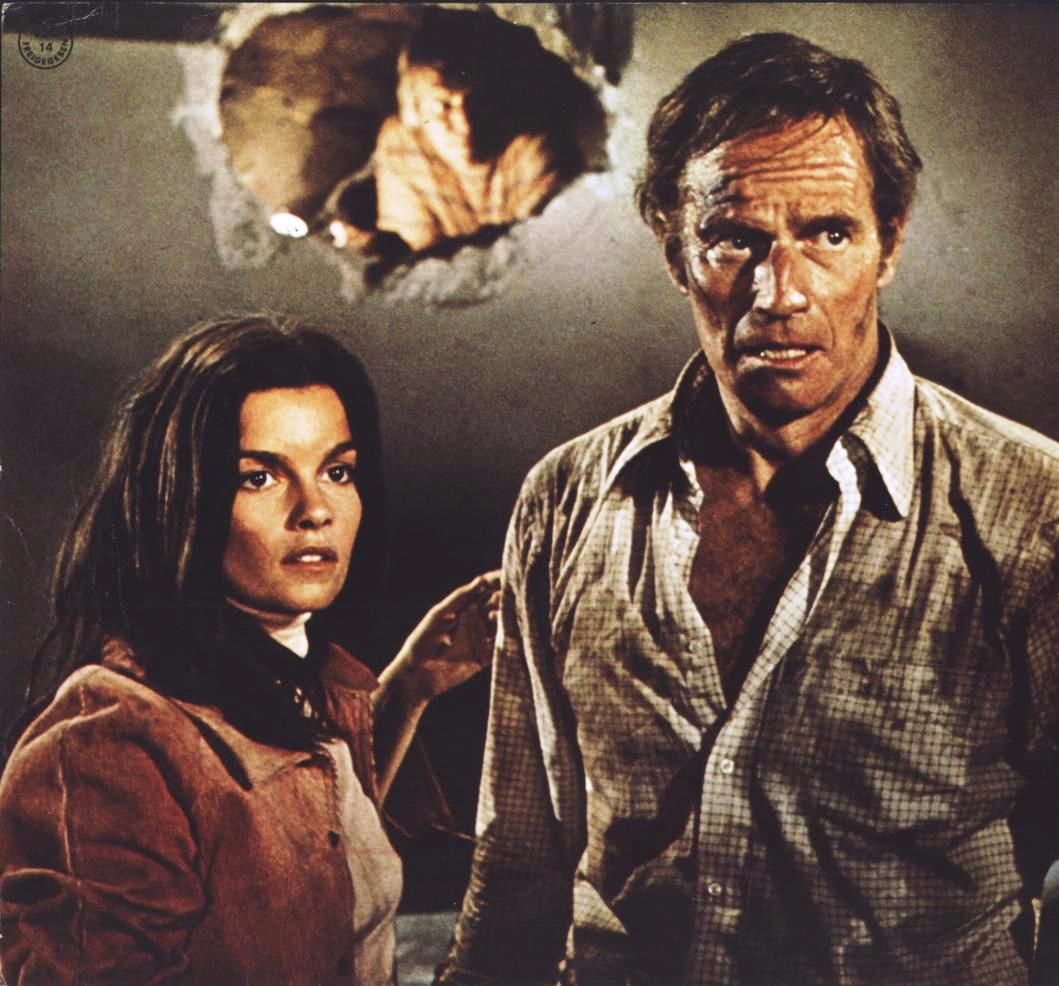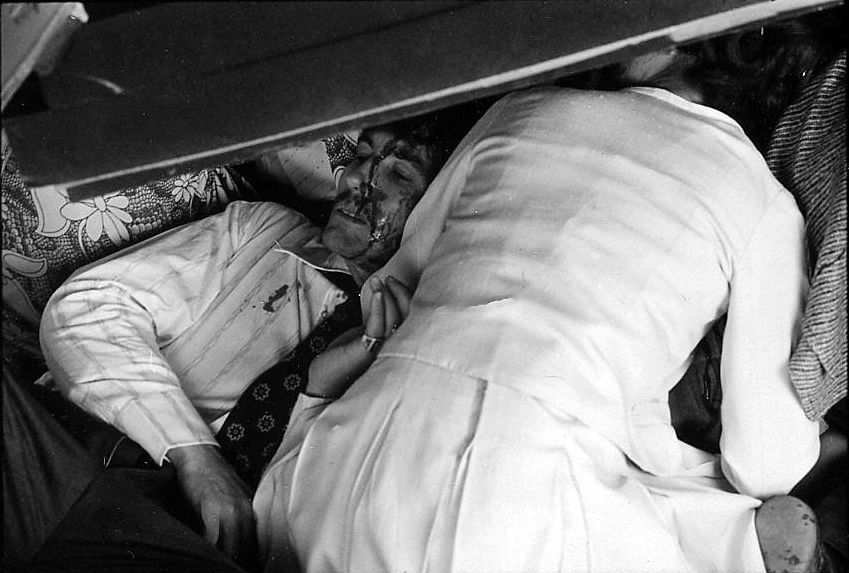MOVIE URBAN LEGEND: An elevator crashing scene in the 1974 blockbuster disaster film, Earthquake, used animated blood to avoid an R-rating for the film.
Compared to the start of the 1960s, the film industry at the beginning of the 1970s was like night and day. A number of major box office failures and an archaic production system combined with the proliferation of quality television programs to put the film industry at the verge of extinction. As a sign of how bad things had gotten, the venerable Warner Bros film studio was sold twice between 1966 and the end of the decade, and these weren't blockbuster transactions, either, with the company purchased in 1967 by the Canadian film production company, Seven Arts Productions, for just $32 million and then the merged company was sold again to Kinney National Company in 1969 for $64 million (Kinney, a burgeoning conglomerate that started as a parking lot company, had purchased DC Comics in 1967).
However, a freer artistic model that began in the late 1960s soon led to a number of acclaimed and popular films in the 1970s (of the five most popular films in 1970, three of them were filmed for less than $3 million, including Love Story, the highest-grossing film of the year, as well as M*A*S*H and the documentary, Woodstock). However, 1970 also saw the beginning of a new trend in big studio disaster films when the $10 million disaster film, Airport, took in $44 million in 1970 alone for Universal Studios.
Buoyed by the success of Airport, Universal hired producer Jennings Lang to come up with another disaster film. Lang was inspired by the 1971 San Fernando earthquake to do an earthquake disaster film. In early 1972, hot off of The Godfather, Lang hired Mario Puzo to write a script for the project. Puzo delivered his first script that summer, but he soon had to abandon the project as Paramount wanted to get working on Godfather Part II right away and Paramount had first dibs on Puzo's services. The project was put on the backburner at first, but then 20th Century Fox had a blockbuster disaster film of their own, The Poseidon Adventure, at the Christmas season of 1972. Universal put the Earthquake project as a top priority for 1974. The studio was also rushing to get its disaster film out before The Towering Inferno, a rare joint project between Fox and Warner Bros. (it might have actually been the very first time two major film studios joint-produced a film). Since The Towering Inferno was budgeted at twice the budget of Earthquake ($14 million vs. $7 million), Universal really wanted its film to come out first, so it wouldn't be compared too much to the bigger-budgeted film.
The special effects for Earthquake were all over the place. A sound effect called "Sensurround" was invented for the film, which would use these really powerful sound waves that would literally shake the theater. That was cool and the miniature work for the film was outstanding, as some of the scenes of the disaster in the film were used by other movies (and especially TV shows) for decades after the film was released. The film also won a special Academy Award for Visual Effects.
Other effects were less impressive, like this one weird camera effect designed to make it look like the famous buildings of the Los Angeles skyline were waving back and forward from the quake. It did not work very well. The MOST infamous special effect in the film, though, was the absurdly hilarious (in how bad it is) elevator scene.
After the quake hits, a group of people at an architectural film where the film's hero, played by Charlton Heston, works with his father-in-law, played by Lorne Greene, try to get to safety by piling into an elevator.
That, of course, is moronic, but perhaps in 1974, less people knew how bad of an idea that was? Anyhow, the elevator naturally plummets to the doom of all of the people on it. However, when it lands, the film just freezes and an animated splatter of blood appears on the screen.
It's INSANE.
Over the years, a legend has come about that the original version, which involved an explosion of blood where the people all land on the ground, was just TOO bloody for the censors and thus the film would have earned an R-rating instead of the PG that it was looking forward (this was before the PG-13 rating was a thing).
I originally cited a book about Horror Disaster Movies that said it was false, but Jim Avey, who runs an Earthquake fan group on Facebook, wrote in to give me some outstanding details about the scene that contradict the book I initially cited, which is that the scene WAS fully filmed and completed. It took three days to file because if was a complex scene.
He shared a sample still of what the finished scene looked like...
So the scene was cut for some other reason than it not being completed.
The film (which DID come out a month ahead of The Towering Inferno. It could have actually made an October release, but focus groups caused the studio to cut a half hour of footage from the film, including rather important details of the backstory of Heston's character) still ended up as a big box office hit, though, making nearly $80 million (The Towering Inferno was even MORE successful, though).
Jim's very helpful comments call into question the original idea behind the scene being cut, but at the same time, I don't have anything that is a clear sign that the reason they cut the scene was because of the MPAA's ratings, either, so I really don't know either way. I'm afraid that, for now at least (if someone else can convince me one way or the other, please do! I'm all ears!), I'll have to go with this legend as a rare...
STATUS: Undetermined
Thanks to Jim for the excellent information! Go check out his Earthquake Fan Group here.
Be sure to check out my archive of Movie Legends Revealed for more urban legends about the world of film.
Feel free (heck, I implore you!) to write in with your suggestions for future installments! My e-mail address is bcronin@legendsrevealed.com.




